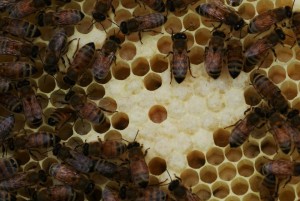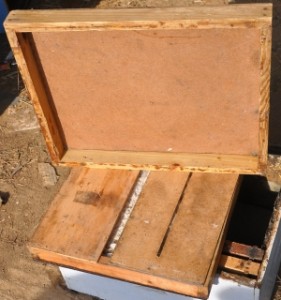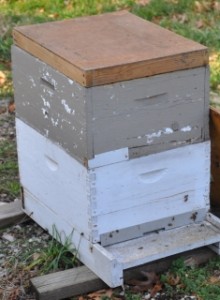If you’re looking for some winter reading on beekeeping, I recommend Richard Taylor’s The Joys of Beekeeping. This is much more than a “how to” manual, though it does contain pertinent information for the new or novice beekeeper. Compiled from a series of essays, many of which appeared in Mr. Taylor’s Bee Talk column in what was then known as Gleanings in Bee Culture (since shortened to Bee Culture), this is not reading for new beekeepers only. The first essay in this little book – only 166 pages – is titled The Taste of Joy, and the sense of joy permeates to the end. Not a recent book, it was originally published in 1974. I have a 1984 edition, which is the one you will probably find if you seek it out. I discovered this volume many years ago and still pick it back up occasionally, as I did just this morning, to enjoy it again. The section on bee yards, which describes the smells of wax and honey and the sounds of buzzing bees, makes an impression on me every time I read it. This is what I enjoy most about beekeeping: my time in the apiary, those smells and sounds, and the daily discoveries in the hives. Richard Taylor shares with us his pleasure in these simple things. Enjoy!
About Richard Taylor
Richard Taylor may be known to readers as a beekeeper and writer, but his original career, never abandoned, was professor of philosophy. He earned his PhD in that field from Brown University, and during his long academic career he taught at Brown, Columbia and Rochester Universities. He passed away in 2003, but his words live on.
 Photo by Mary Parnell Carney – click, hover over photo and click to enlarge
Photo by Mary Parnell Carney – click, hover over photo and click to enlarge

